DocSnippet uses technological innovation to provide automatic generation of standard documentation.
The software infrastructure that it will be built on contains technology for:
Indexing static content snippets
e.g. knowledge base extracts, paragraphs from procedures, standards
Importing functionalities for dynamic content
e.g. user defined variables, including connectors to 3-rd parties databases to extract dynamic content e.g. Project Management Office software, Bug tracking systems
Machine learning functionalities
Automatic creation of taxonomies for content snippets, prediction of kewords and tags when classifying content in taxonomies.
Support for generating popular editable documents
such as.docx, .xlsx and pptx format (in the future some other formats will be available also: .mpp, .vsd, email messages for the various email clients.
Features
The product will enable the automatism of document elaboration process and minimising the lost of time and human resources, by integrating of a system of open knowledge database and instruments of document aggregation from various sources.
The document aggregation will be based on the following groups of functional elements
Organisation best practices
are features that allow integrating the database of knowledge, ie structural elements of documents, examples of content usage rules which will take into account in generating documents. The user that generates the document can opt to create their own best practices or use the ones in the open knowledge database.
Dynamic content elements (content snippets)
functionalities that allow bringing in documents of content elements imported from other systems that shall be integrated with (e.g. Project Management Systems, Bug Tracking, etc)
Aggregation tools
DocSnippet functionality that allows creating interactive / collaborative documents, on the basis of the existing structure and content, filling the dynamic content at generation moment (variable values and content items imported).
Editable document
Documents generated by DocSnippet will be in .docx, .xlsx and pptx format, but in the future another formats will be available also (.mpp, .vsd, email messages for the various email clients).
Open Database
Knowledge Database
The initial knowledge base will be destined to Project Managers in the IT industry. According to this study from Project Management Institute, only 41% of initiatives are successful in companies that don’t use standardized project management practices, as opposed to 66% that have standards in place. Therefore we aim to provide Project Managers standards, procedures, document samples, content snippets and ready-to-use templates and layouts. Clients / partners and our collaborators will also be able to contribute.
The system will allow access to the document knowledge base that will be generated based on extensive experience in PM software industry accumulated by the system provider, but clients / partners will also be able to contribute
Clients/partners and collaborators will be able to publish new content for a continuous knowledge base improvement (or to keep their content private if sensitive);
We will be able to review and approve this content for each industry, project phase and document type;
All published and approved content will be visible to all users.
The knowledgebase will be continuously improved by us, and also by partners and collaborators.
Detailed features
DocSnippet Product will be include the following modules
Companies Administration Module
Functionalities of product administration at company level
Content Administration Module
Functionalities of content repository administration at organization level
Document generation Module
Features that allows aggregation of documents from predefined elements, taking into account the values of variables or other parameters of entities used.
- User creation and access rights administration;
- Creating taxonomy elements (structuring) for the content repository of the organization;
- import/export for content structures;
- Project management (adding new projects, new documents to existing projects, choosing the initial templates etc);
- Defining the variables that will be utilized at automatic document generation
- Import/export of content elements(text atoms, pictures, additional elements);
- Storing modified elements during the lifetime of the document (until the deletion from the system) with the possibility of saving them as templates for future documents;
- Indexing the content atoms;
- Connectors for importing the elements with dynamic content.
- Searching for document templates, according with defined taxonomy elements;
- Keyword search;
Navigation through paragraph type entities, that can be used with your chosen template; - Full text searching in content library atoms;
- Set parameters for a dynamic content;
- Setting the variable values;
- Save a temporary draft document;
- Import / export project document;
- Generate a document;
- Export a generated document.
